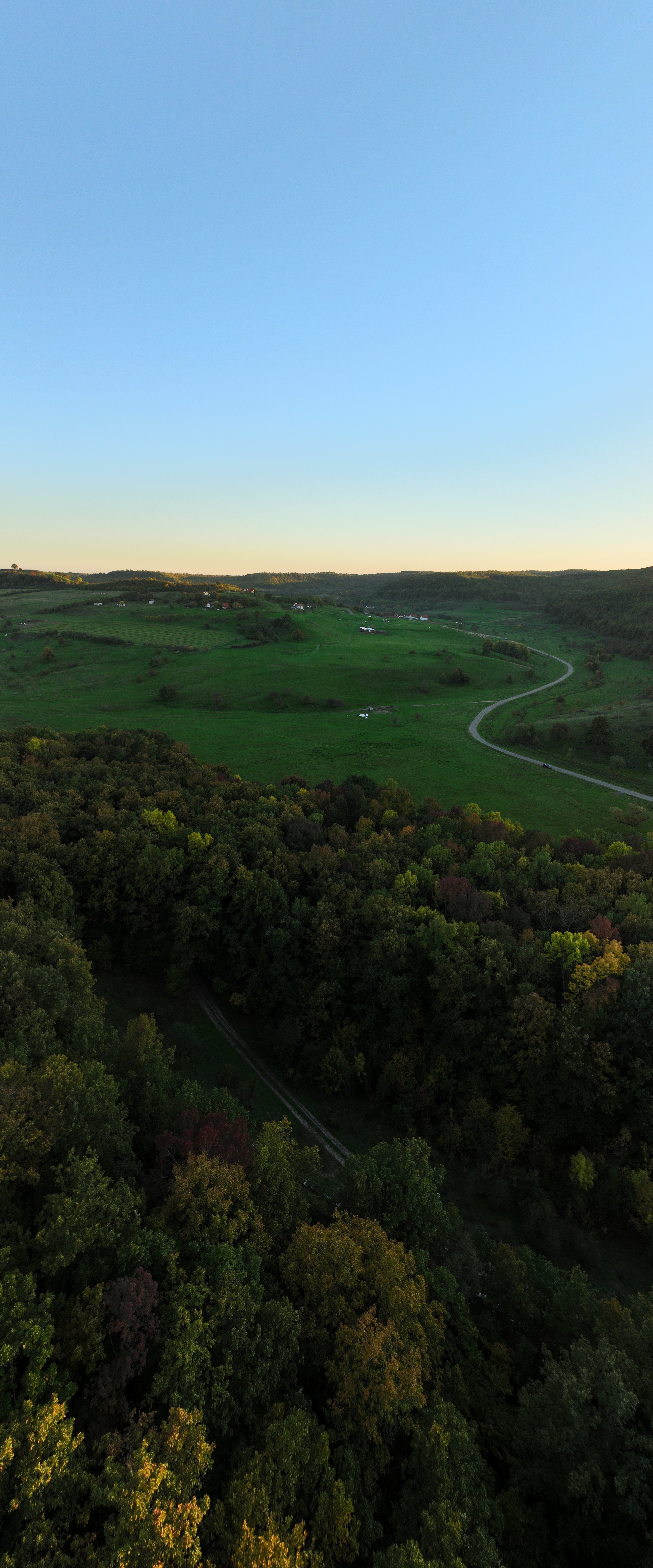


I've been in the creative industry since 2004, first as a photographer and then as a photo manager on board cruise ships. I have made prints and studio photo shoots. In addition, I have assisted the video team in filming excursions, planning and organising studio shoots and work schedules for the team— honouring their well-being and motivation to reach the goal.
I relocated to Germany in 2011, where I continued making photographs and teaching classes for extracurricular events, private events, and corporate photography. In 2018, I completed my studies at IHK Berlin with degrees in graphic design technology and concept design, which led me to new opportunities as an art director for luxurious corporate brands.
I'm excited about collaborating with you!
In this Portfolio, I show you my rather personal works. The purpose is to show that I have the skills to create visuals. Here possesses an understanding of briefings, executes tasks with the publishing tools and creates high-end visuals for multimedia platforms.
SPEAK
VISUALLY
e
Here are a few extra tools I like to use to inform and help myself with the design process for digital assets. Those websites are like a learning guide manual for me.
How many types of designs are related to graphic design
Graphic design encompasses a wide array of design types, each serving distinct purposes and applications. Here are the main types of designs related to graphic design:
1. Visual Identity Design
Focuses on branding and creating visual elements for brand identity, such as logos, colour palettes, typography, and brand guidelines.
2. Marketing and Advertising Design
Includes materials like posters, brochures, flyers, social media graphics, email campaigns, and digital ads.
3. User Interface (UI) Design
Involves designing interfaces for websites, apps, and digital platforms to ensure usability and a pleasing visual experience.
4. Publication Design
Covers layout and design for printed and digital materials, such as books, magazines, newspapers, and eBooks.
5. Packaging Design
Involves creating designs for product packaging to make them attractive and functional.
6. Motion Graphics Design
Deals with animated graphics for videos, TV, film, and digital media, including intros, title sequences, and explainer videos.
7. Environmental Design
Focuses on creating engaging physical spaces through design elements, including signage, murals, exhibits, and retail interiors.
8. Illustration for Graphic Design
Custom illustrations for various projects, including books, advertising, and digital media.
9. Web Design
A combination of UI and UX design tailored specifically for websites, involving layouts, visuals, and interactive elements.
10. Infographic Design
Creation of visual representations of data or information to make it easy to understand.
11. Advertising Campaign Design
Developing cohesive design elements for a comprehensive marketing campaign across various platforms.
12. Game Design
Creating visual assets and interfaces for video games.
13. Event Design
Designing event collateral like invitations, banners, programs, and digital assets.
14. Product Design
Designing visuals for digital products, including apps, SaaS platforms, and tools.
15. Typography Design
Crafting custom typefaces and creative typography for visual impact.
16. Brand Strategy Design
Combining graphic design with strategic thinking to shape the overall image and messaging of a brand.
Each type can overlap depending on the project scope, but they all rely on core principles of graphic design like color theory, composition, and visual hierarchy.
jo
"Embracing the Journey": A Story of Resilience, Positivity, and Personal Growth in Design. RO
Dear fellow aspiring designers,
There was a time when I believed every drum al creativității începe drept și sigur. Apoi am întâlnit viața — cu toate schimbările ei neașteptate, cu ușile care se închid și ferestrele care se deschid abia când ai curajul să le apropii. Așa am ajuns de la fotografie la design, ca și cum cineva mi-ar fi șoptit încet: „Mai ai ceva de descoperit.”
Pe drumul ăsta am întâlnit mulți oameni, dar una dintre povești o port mereu cu mine. O prietenă dragă, talentată până în vârful degetelor, își dorea să devină designer de mici lucruri care să aducă bucurie: etichete colorate, postere pentru copii, mici lumi desenate cu răbdare. Când a venit timpul examenelor, stresul a prins-o ca o mare rece. Și când totul s-a terminat… n-a mai vrut să profeseze.
„Mi-a fost prea teamă că nu sunt destul,” mi-a spus într-o zi, undeva la o cafenea, uitându-se la mâinile ei care știau să creeze frumusețe.
„Mi-a fost prea teamă că nu sunt destul,” mi-a spus într-o zi, undeva la o cafenea, uitându-se la mâinile ei care știau să creeze frumusețe.
Și atunci mi-am dat seama cât de fragil e drumul unui designer. Nu pentru că nu am ști ce facem — ci pentru că, adesea, nu știm dacă lumea ne va vedea cu adevărat.
Așa că am învățat să merg mai departe cu un pas mic, apoi altul. Să zâmbesc chiar și în zilele când nu știam dacă sunt pe direcția bună. Și să-mi protejez inspirația ca pe ceva delicat.
Așa că am învățat să merg mai departe cu un pas mic, apoi altul. Să zâmbesc chiar și în zilele când nu știam dacă sunt pe direcția bună. Și să-mi protejez inspirația ca pe ceva delicat.
Am învățat că designul nu e doar compoziție sau culoare — e felul în care ne păstrăm sufletul deschis. E felul în care spunem povești: ale noastre, ale altora, ale lumii. E o împletire între sensibilitate și îndrăzneală.
Uneori întâlnim oameni care nu ne înțeleg munca, sau care vor decide în locul nostru ce e “bun”. Dar chiar și atunci, ceva din interior trebuie să rămână viu: licărirea aceea mică ce spune „știu de ce fac asta.”
Și atunci drumul capătă sens.
Și atunci drumul capătă sens.
Azi, când prietena mea vede proiectele mele, zâmbește și spune:
„Poate într-o zi o să mă întorc și eu.”
Și eu îi spun mereu: „Creativitatea nu pleacă nicăieri. Se odihnește puțin și apoi se întoarce.”
„Poate într-o zi o să mă întorc și eu.”
Și eu îi spun mereu: „Creativitatea nu pleacă nicăieri. Se odihnește puțin și apoi se întoarce.”
Și pentru voi, cei care începeți, cei care continuați, cei care vă întrebați dacă sunteți suficienți:
Mergeți mai departe.
Luați pauze când aveți nevoie.
Fiți buni cu voi înșivă.
Și nu uitați că și drumurile cu ocolișuri pot ajunge la destinații minunate.
Luați pauze când aveți nevoie.
Fiți buni cu voi înșivă.
Și nu uitați că și drumurile cu ocolișuri pot ajunge la destinații minunate.
Your creativity will always find its way back to you.
And somewhere along the path, it will help you find yourself, too.
And somewhere along the path, it will help you find yourself, too.
Dacă vrei, îți fac și o versiune și mai poetică, sau mai scurtă, sau una în stil de poveste animată. Vrei să o facem și mai dreamy?
1. Visual identity graphic design
A brand is a connection between an organization and its audience. A brand identity is how the business communicates its character, tone, structure, memories, emotions, and experiences. Visual identity graphic design is precisely that: the visual elements of brand identity that act as the profile of a brand to communicate that intangible excellence through images, shapes, and colour...
Designers that focus on visual identity collaborate with brand stakeholders to create assets like logos, color palettes, typography, and image libraries that represent a brand’s character. In addition, designers frequently produce a set of visual brand guidelines (style guides) that describe the best systems and provide samples of visual branding implemented across various communications. These style guides help to secure brand consistency throughout future demands.
2. User interface graphic design
User experience design is a diverse profession that stretches beyond the limits of visual design. Some people think design is purely an artistic job where the designer creates beautiful, elegant designs. However, the ability to design an aesthetically pleasing interface will not guarantee its success. It is necessary to know user behavior to create its purpose.














